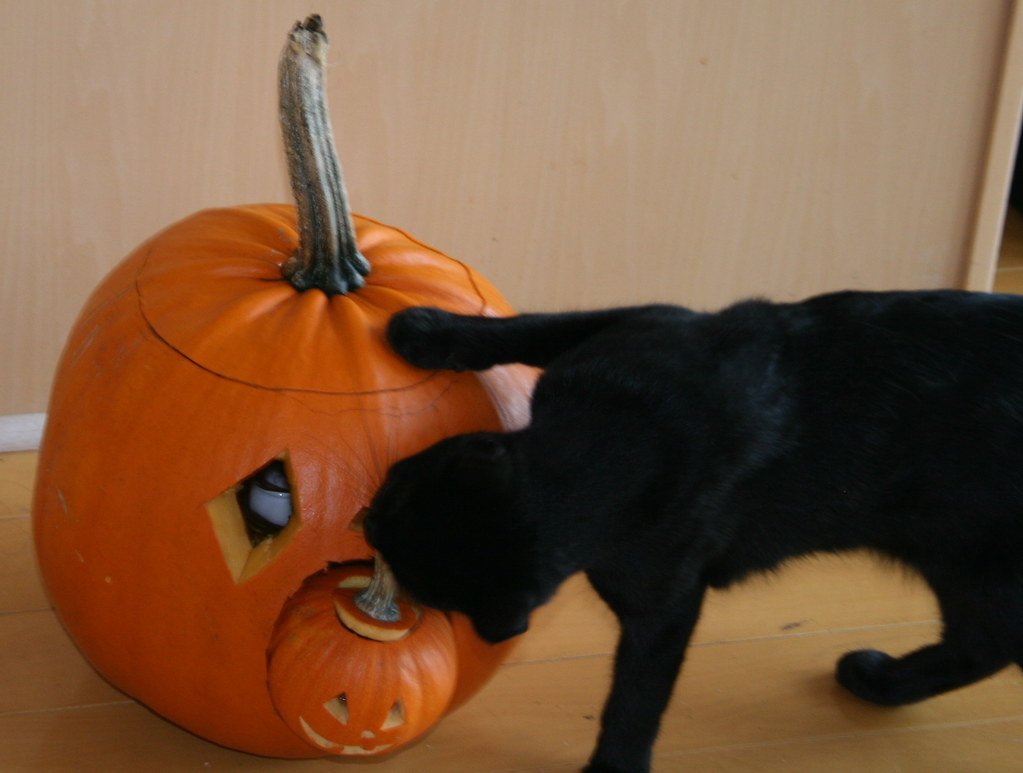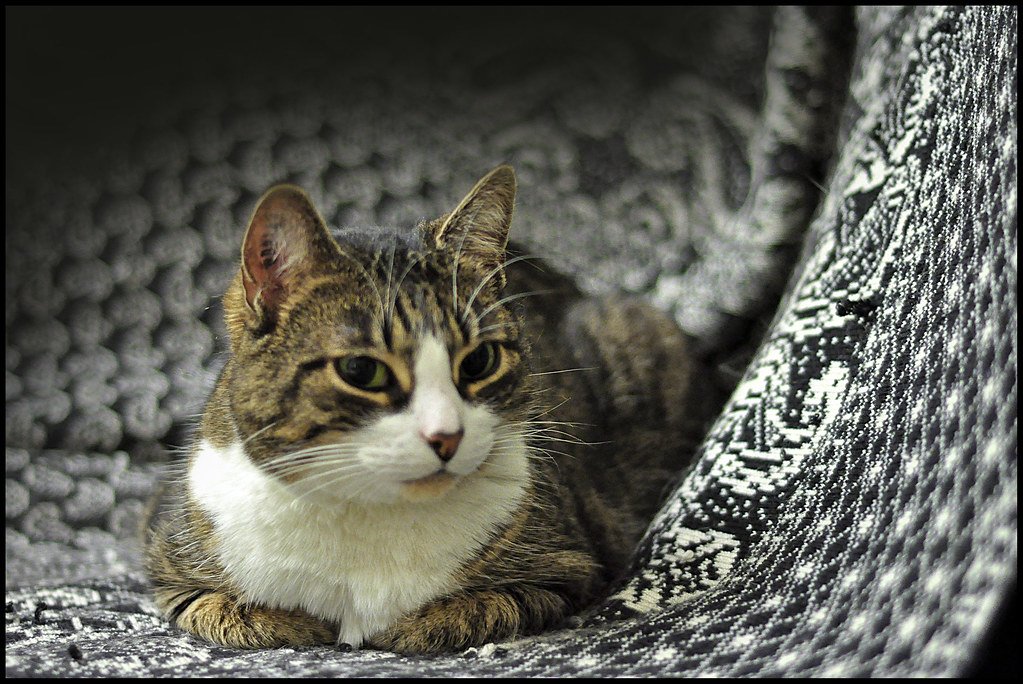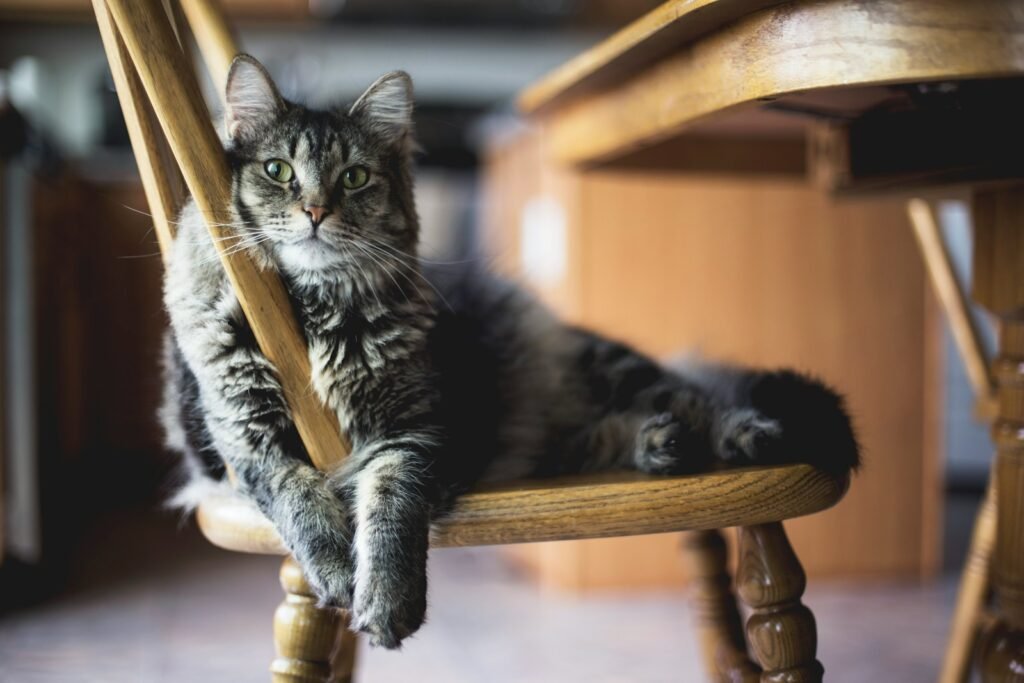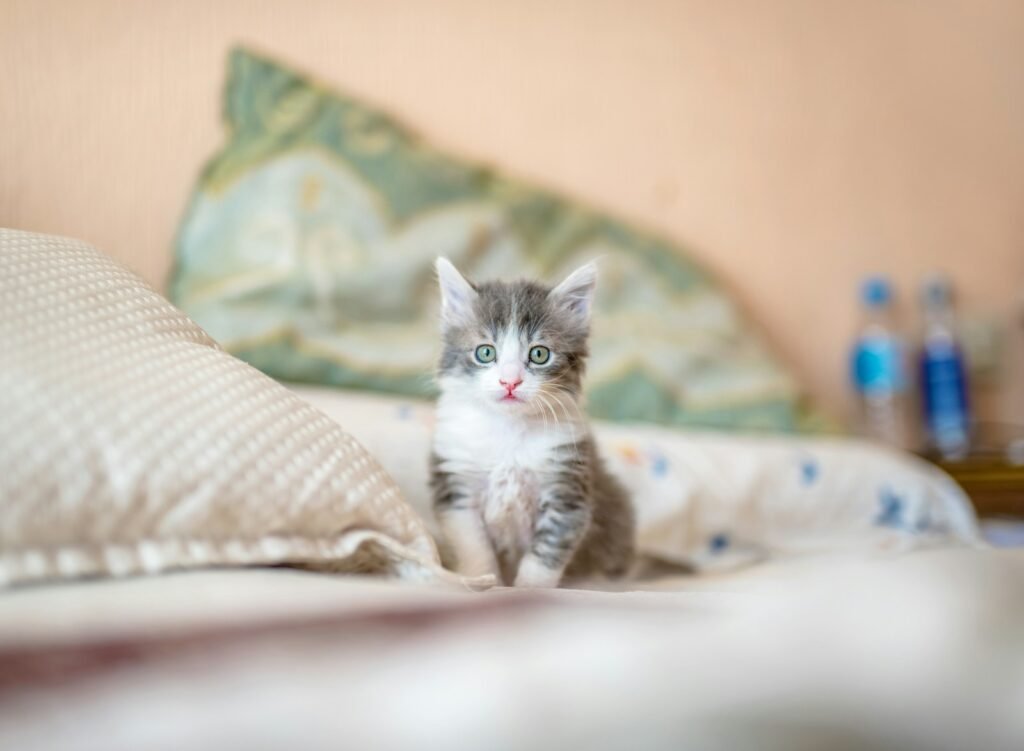Have you ever caught your cat frozen in place, eyes wide, fixated on an empty corner of the room, only to watch her suddenly rocket across the house as if chased by invisible ghosts? It’s a scene that baffles and amuses cat lovers everywhere. One moment, your feline seems to be communing with spirits; the next, she’s a furry blur, ricocheting off furniture. It’s enough to make you wonder if your house is haunted, or if your cat is just delightfully weird. But behind these mysterious antics lies a fascinating blend of biology, psychology, and pure feline flair. Let’s dive into the wild and wonderful science of why cats do what they do—and why it’s not just your imagination after all.
The Predator’s Gaze: Evolutionary Roots of Staring
Cats are natural-born hunters, and their intense, unblinking stares are a product of millions of years of evolution. When your cat locks onto “nothing,” she may actually be watching minute movements—tiny bugs, dust motes, or even light reflections invisible to our clumsy human eyes. Her ancestors depended on spotting the faintest twitch of a mouse tail in the grass, so even in a modern living room, that primal wiring kicks in. To cats, the world is alive with micro-movements, and their stare is a hunter’s focus at its best. What looks empty to us is, to them, a world of hidden action.
Super Senses: Seeing and Hearing What We Can’t
A cat’s senses are supercharged compared to ours. Their eyes can detect wavelengths and light levels we simply cannot perceive. In near darkness, cats see up to six times better than people, and their hearing picks up frequencies far beyond our range. When your cat sits and stares, her ears rotate like satellite dishes, tracking high-pitched sounds from scurrying insects or the faint whir of electronics. She might even be picking up ultrasonic noises from your TV or a distant rodent in the walls. What’s “nothing” to us could be a whole concert of activity to your cat.
Feline Zoomies: The Science Behind Sudden Sprints
If you’ve witnessed your cat burst into a frenzy of speed, you’ve seen the famous “zoomies”—scientifically known as frenetic random activity periods (FRAPs). These wild sprints are a normal release of pent-up energy, especially in indoor cats who don’t get to hunt or roam as much as their wild cousins. Think of it as your cat’s version of a spontaneous dance party or a child running circles after sitting still too long. The sudden shift from stillness to action is a healthy way for cats to burn off stress, excitement, or just plain boredom.
The Role of Play in Adult Cats
Kittens are famous for their energetic play, but adult cats need play, too. Those bursts of sprinting and pouncing mimic hunting behaviors, keeping muscles toned and minds sharp. Even when “playing with nothing,” a cat might be practicing the skills she’d use to catch prey in the wild. Sometimes, that invisible target is a phantom prey—her imagination in action. In multi-cat homes, these antics can be invitations to play, or even a way to claim territory by showing off agility and speed.
Ghosts or Reflections? The Magic of Light and Shadow
Cats are fascinated by flickers of light and shifting shadows. Sunbeams, reflections from a watch, or headlights passing outside can transfix them for minutes on end. Their eyes are so sensitive, even subtle changes in light might look dramatic. The “haunted” stare could be your cat tracking a wandering reflection, or perhaps even the shifting patterns of light as the day changes. To a cat, these moving lights are mysterious and irresistible, sparking a chase that seems totally random to us.
Whiskers as Sensory Antennae
A cat’s whiskers are more than cute decorations—they’re powerful sensory tools. Each whisker is connected to nerves that send detailed information about air currents and vibrations back to the brain. When your cat seems to be staring into space, her whiskers might be picking up clues about movement or changes in the environment that we can’t feel. This hyper-sensitivity can trigger sudden spurts of motion, as she responds to inputs we don’t even notice.
Curiosity: The Cat’s Drive to Investigate

Curiosity isn’t just a cliché—cats are genuinely driven to explore and understand their surroundings. If your cat seems fixated on nothing, she could be trying to solve a mystery: What’s that faint sound? Is there something behind the couch? This natural inquisitiveness keeps cats mentally stimulated and is one of the reasons they are such engaging pets. Their relentless drive to investigate turns the ordinary into the extraordinary.
Stress and Anxiety: When Staring Signals Discomfort
Sometimes, a cat’s vacant stare can signal stress or anxiety. Changes in the environment, unfamiliar scents, or new people can leave cats feeling unsettled. Staring into space might be a way for your cat to process her emotions, or even a coping strategy to self-soothe. If you notice your cat staring more than usual, hiding, or acting out, it might be worth considering whether something in her world has changed. A calm, safe environment is key to keeping anxious behaviors at bay.
Medical Mysteries: When to Worry

While most staring and sprinting is normal, there are rare cases where unusual behavior signals a health problem. Prolonged staring, especially if paired with aimless running, could indicate vision or neurological issues, such as feline cognitive dysfunction or even seizures. Senior cats are especially prone to age-related changes. If your cat’s behavior suddenly shifts or seems extreme, consult a vet to rule out medical causes. Most of the time it’s harmless, but it’s always better to be safe.
Nighttime Antics: Why Cats Get Wild After Dark
Cats are crepuscular, meaning they’re most active at dawn and dusk. But many seem to come alive after bedtime, racing through the house as if possessed. This nighttime energy surge is a throwback to their wild ancestors, who hunted at twilight. Your cat’s “haunted” behavior after dark is actually her internal clock telling her it’s time for action. Providing evening play sessions can help satisfy this instinct and save your toes from midnight attacks.
Single Cat Syndrome: The Need for Stimulation

Indoor cats, especially single cats, often have fewer outlets for natural behaviors. Without a buddy to chase or prey to stalk, they invent their own fun—staring at dust, leaping at shadows, or sprinting from room to room. Enrichment is critical for these cats. Puzzle feeders, interactive toys, and window perches can transform “haunted” antics into healthy mental and physical exercise.
Environmental Enrichment: Turning Your Home Into a Playground
Cats thrive in environments that challenge their senses and bodies. Scratching posts, climbing trees, and rotating toys can make your living room a feline wonderland. The more opportunities your cat has to stalk, climb, and chase, the less likely she’ll be bored or anxious. Even simple cardboard boxes and paper bags can become exciting new worlds for your cat to explore. An enriched environment brings out the best in your feline friend.
Communication Through Behavior: What Is Your Cat Telling You?
Every tail flick, stare, or sprint is a form of feline communication. Sometimes, your cat’s “weird” behavior is her way of telling you she’s happy, bored, or needs attention. By paying close attention to your cat’s routines and body language, you can learn to interpret her moods and needs. Just like people, every cat has a unique personality and preferred ways to interact with the world.
Imagination at Play: The Invisible Prey Theory
Experts believe cats can create imaginary prey scenarios, especially when their hunting instincts aren’t satisfied. When your cat stares at a blank wall, she might be visualizing a bug or mouse, practicing the art of the hunt. This imaginative play keeps her sharp, both mentally and physically. It’s like a child playing with an invisible friend—except your cat’s invisible friend might be a phantom mouse darting along the baseboard.
Genetics and Personality: Not All Cats Are the Same
Some cats are naturally more prone to zoomies and staring spells than others. Breed, age, and personality all play a role. For example, Bengals and Abyssinians are known for their boundless energy, while Persians may be more laid back. Kittens and young adults are more likely to sprint and leap, while senior cats may become contemplative stargazers. Understanding your cat’s unique temperament can help you appreciate her quirks.
Human Reactions: Why We Find It So Strange
Let’s face it—cats’ odd behaviors often seem downright spooky to us. Our brains are wired to look for meaning in actions, so when a cat stares at “nothing” or bolts across the room, we fill in the blanks with ghost stories and wild theories. In reality, cats are just reacting to a world that’s richer and stranger than we can perceive. Their mystery is part of their magic, and maybe a little confusion just makes us love them more.
The Power of Routine: Rituals and Predictability
Many cats love routine, and their daily rituals can include scheduled staring sessions and timed zoomie outbreaks. These predictable behaviors help cats feel secure and in control. If you notice your cat sprinting at the same time each day, she might be following an internal clock or responding to subtle household cues—like the sound of the coffee maker or the sunset’s angle through the window.
Bonding Through Play: Joining the Fun

Engaging with your cat through play can satisfy her hunting instinct and strengthen your bond. Feather wands, laser pointers, and even DIY toys can transform “haunted” sprints into joyful shared experiences. When you play with your cat, you’re speaking her language and making her world a little brighter. Don’t be afraid to join in—your cat might just invite you to chase invisible ghosts together.
The Joy of Living With Mystery
Living with a cat means embracing a little mystery and a lot of wonder. Their staring spells and wild sprints are reminders that the world is bigger, stranger, and more magical than it looks. When your cat gazes into the void or races through the halls, she’s inviting you to see the world through her eyes—full of possibility, excitement, and the thrill of the unknown. Is your cat seeing ghosts, or just living out a secret adventure? Maybe that’s a question best left unanswered.




